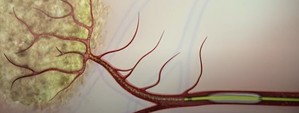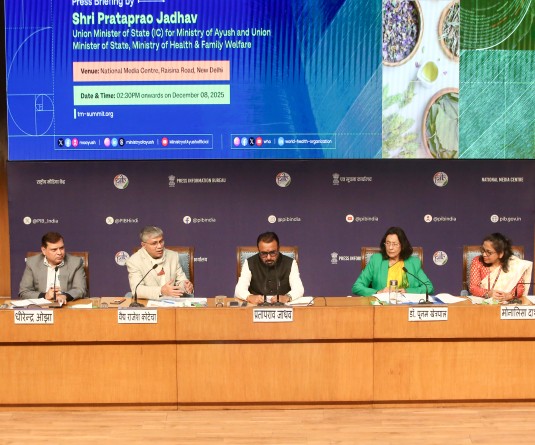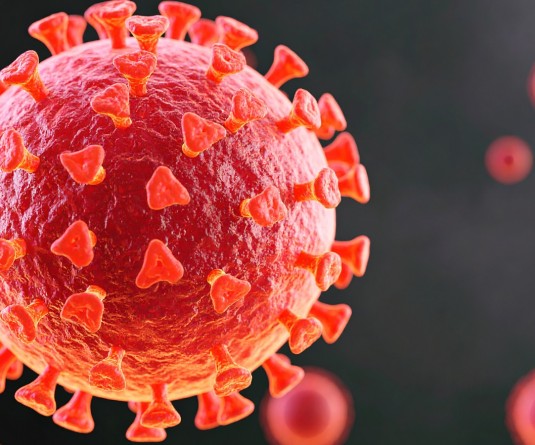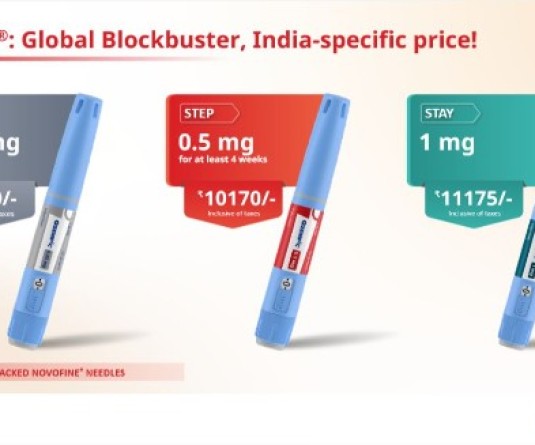IANS Photo

New Delhi, December 26 (IANS) A new minimally invasive therapy has shown promise and may benefit patients with hepatocellular carcinoma (HCC) -- the most common type of primary liver cancer -- in India.
Globocan India 2020 reports more than 30,000 new local cases of hepatocellular carcinoma (HCC) are diagnosed every year, making it the 10th most common cause of cancer in India. Its high mortality rate makes it the eighth most common cause of cancer related deaths in the country.
The common causes and risk factors for HCC in India include cirrhosis, hepatitis B and C infection, alcohol, smoking, diabetes, and non-alcoholic fatty liver disease.
HCC can be treated with surgical resection and using minimally invasive options, like embolisation, where blood supply to the tumour is blocked. This deprives the tumour of nutrients and oxygen, and induces the death of these tumour cells.
However, the new B-TACE (Balloon Transarterial chemoembolisation) can help patients benefit from more precise and targeted delivery of chemotherapy drugs to the tumour, Dr Amar Mukund, Professor at Institute of Liver and Biliary Sciences (ILBS), Delhi, told IANS.
B-TACE is an advancement to TACE (Transcatheter Arterial Chemo-Embolisation) -- a clinical-guideline recommended, minimally invasive management option for intermediate stage liver cancer.
Developed by Japanese company Terumo, B-TACE also minimises damage to surrounding healthy tissues. It is associated with improved response rates, with significantly fewer repeat treatments required. This offers the potential to cure and preserve liver function.
When treated via B-Tace, “patients can benefit from more precise and targeted delivery of chemotherapy drugs to the tumour. This is also associated with improved tumour response, thus fewer repeat treatments are required as compared to TACE done using regular microcatheters,” Dr. Mukund said.
TACE is generally recommended for the intermediate stage HCC, that is if the lesion (cancerous tumour) is neither in an early stage nor in a late stage.
“While TACE is considered a palliative therapy as a complete cure is rarely achieved, with the availability of B-TACE we may achieve complete tumour death (complete response) in some of the patients having tumour up to 5 cm thus achieving a complete cure.”
“B-TACE should be a good treatment for lesions ranging from 3cm to 7cm,” said Dr. Mukund, adding that it may also be used for other primary tumours like cholangiocarcinoma and benign tumours like hemangioma in the near future.
However, B-TACE should not be done for tumours of size 8 cm or more due to severe side effects and complications. But TACE can help treat large tumours having size above 8 cm, the doctor said.
Another limitation is that it may not be affordable for all. The cost of B-TACE may be almost double the cost of a TACE using regular microcatheters.
“There is still a long way to go. We are excited by the results so far. We further need to see how it works on our patients (Indian patients) with HCC. But it is definitely a good step in the right direction,” Dr Mukund said.






